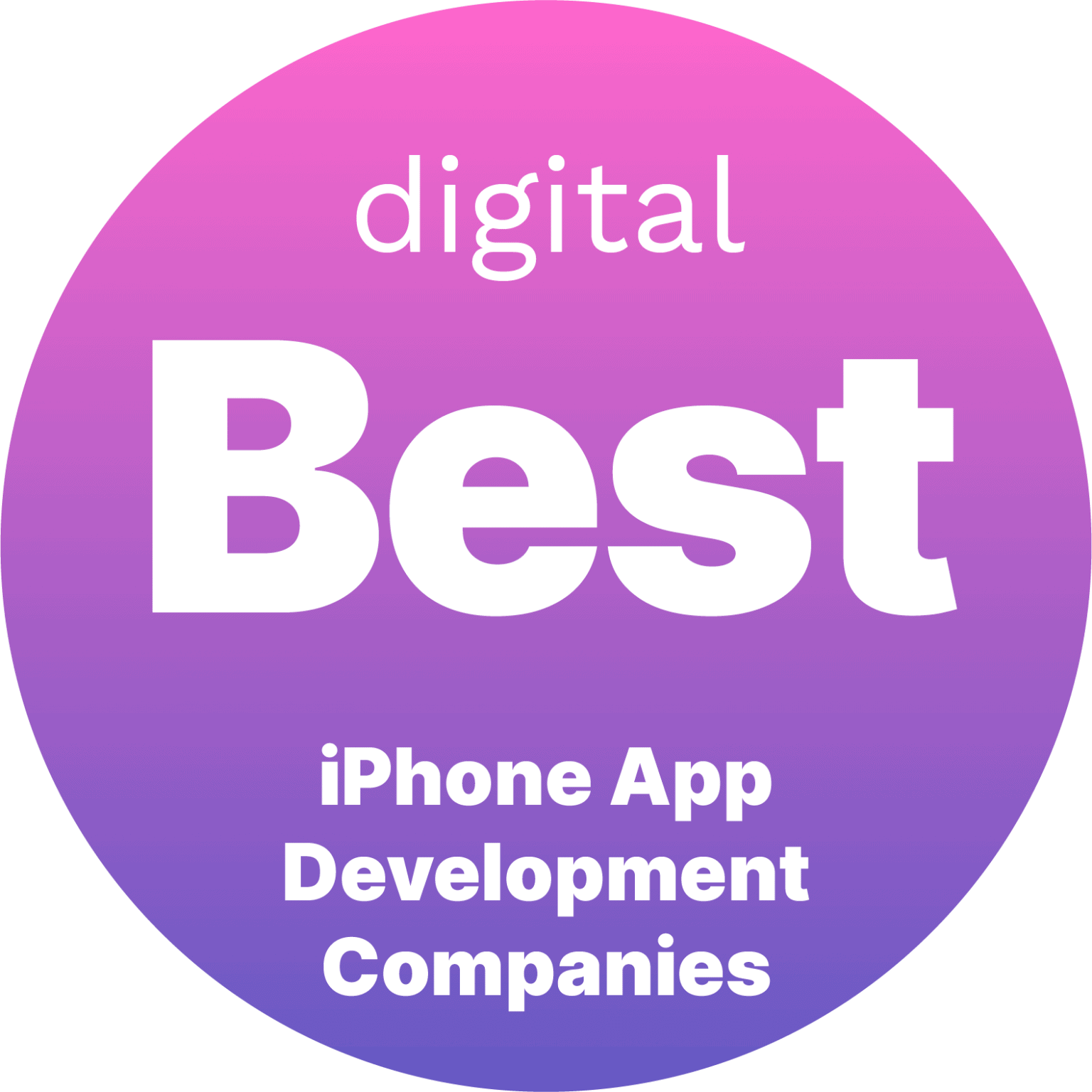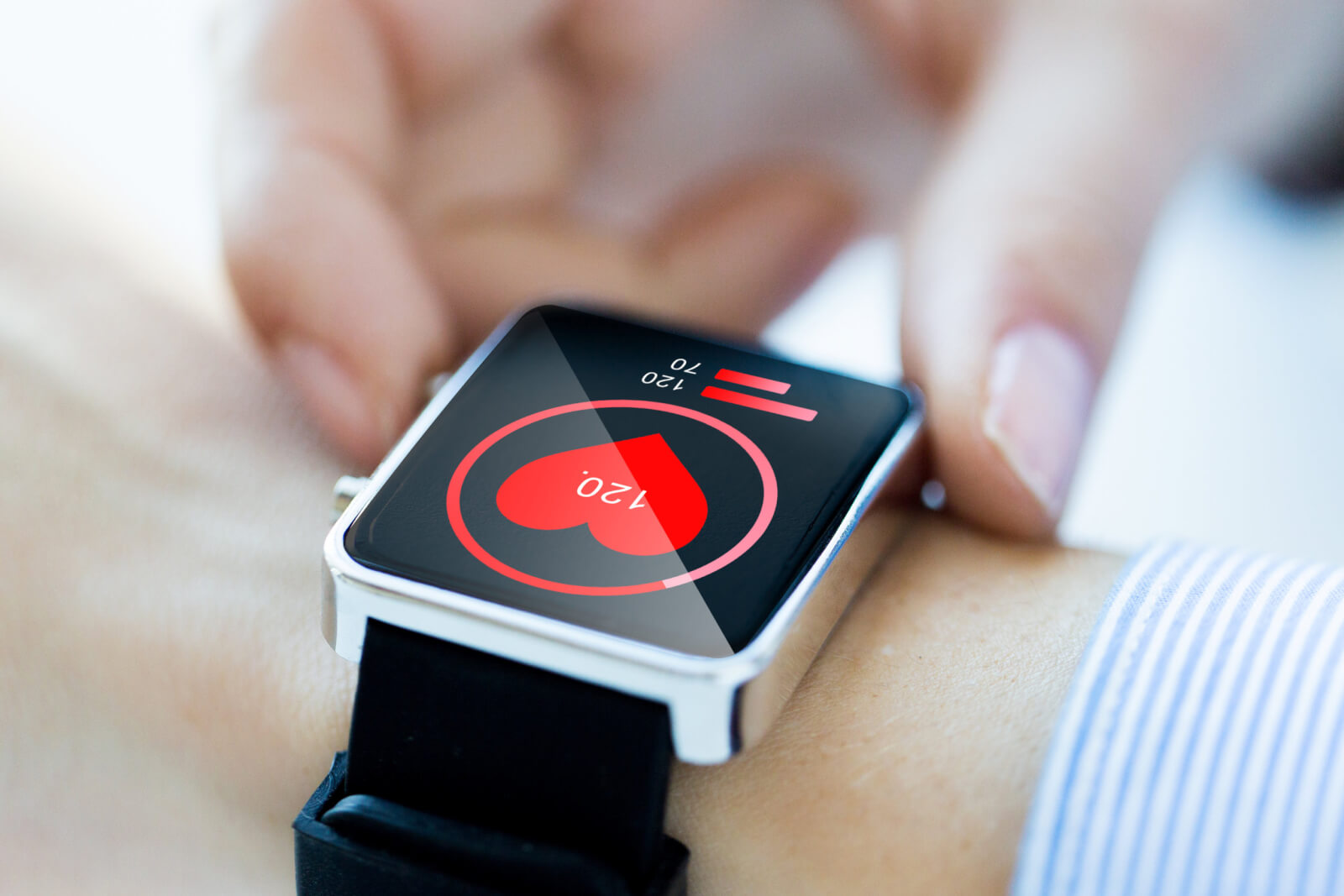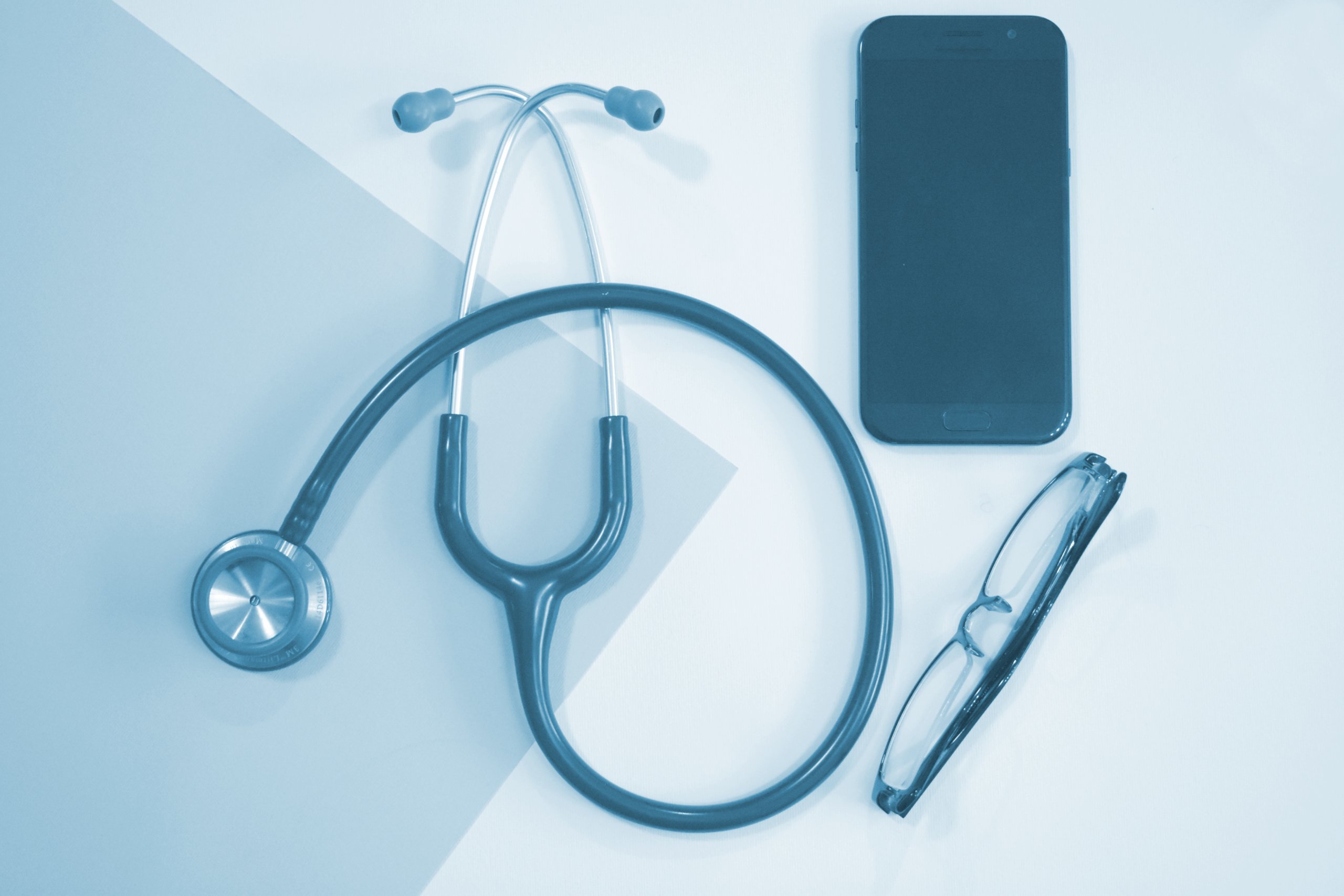Key Takeaways
- HIPAA compliance is non-negotiable: In 2025, HIPAA remains the primary U.S. law governing patient data security, with strict enforcement by HHS’s OCR. Failure to comply can lead to lawsuits, loss of patient trust, and hefty fines – up to $1.9 million per violation – on top of breach costs averaging ~$10 million in healthcare.
- Security features are a must-have: To meet HIPAA’s technical safeguards, a healthcare app must implement end-to-end encryption, strong user authentication (with MFA), automatic logoff, and comprehensive audit logging of PHI access. These features protect sensitive patient data both from external hackers and internal mishandling.
- Protect patients and your business: Investing in HIPAA-compliant features not only keeps patient information safe, it also builds trust and credibility. Robust security and compliance measures reduce the risk of devastating data breaches, downtime, and regulatory penalties, ultimately safeguarding your reputation and ensuring continuity of care.

Healthcare mobile apps are booming, and with great opportunity comes great responsibility. If you’re a business owner developing a healthcare app, ensuring HIPAA compliance isn’t optional – it’s mission-critical. In fact, regulators have ramped up enforcement in recent years, penalizing even minor security gaps. With digital health app usage up over 300% since 2020, the stakes for protecting patient data are higher than ever. At Dogtown Media, we’ve seen firsthand how building with compliance in mind safeguards not only patients but also your bottom line. We’ve developed secure mHealth solutions for leading organizations like the National Institutes of Health, and we know that incorporating the right features from day one is the key to success.
Below, we dive into five must-have features every U.S. healthcare mobile app needs to stay HIPAA-compliant and secure.
Feature #1: Secure User Authentication & Access Control
Controlling who accesses patient data is the first line of defense. HIPAA’s Security Rule mandates unique user identification and authentication for anyone accessing electronic health information. In practice, this means your app should require each user to have a unique login with a strong password (or other credential), and ideally use multi-factor authentication (MFA) for added security. MFA can dramatically reduce breaches – Microsoft estimates it blocks 99.9% of automated cyberattacks on accounts. Given that weak or stolen passwords cause 81% of breaches, adding a second factor (like a one-time code or biometric login) is a no-brainer for protecting Protected Health Information (PHI).
Equally important is implementing role-based access control (RBAC) so that users only see the data they absolutely need. A doctor, a nurse, and a patient will each have different app permissions. By defining roles and permissions, you enforce the “least privilege” principle: each user can only access what’s relevant to their job or care. This minimizes the risk of accidental or malicious snooping into sensitive records.
At Dogtown Media, we build secure authentication protocols and role-based access controls into every healthcare app from the ground up. For example, an app we develop might require a clinician to log in with a fingerprint scan plus password, and only then allow them to view their own patients’ files. If an unauthorized person somehow obtains a login, they’d still be stopped by the second authentication factor. By ensuring unique user authentication, strict access roles, and MFA, you greatly reduce the chance of unauthorized access to patient data – keeping your app on the right side of HIPAA compliance.
Feature #2: End-to-End Data Encryption (In Transit & At Rest)
Encryption is the cornerstone of protecting health data confidentiality. HIPAA strongly recommends that ePHI (electronic Protected Health Information) be encrypted both in transit and at rest. In practical terms, this means any information your app sends or receives – from chat messages to medical images – should be encrypted using modern protocols like TLS 1.3, and any data stored in the app or database should be encrypted (often with AES-256 standard or better) so it’s unreadable without the proper keys.
Why is this so critical? Even if an attacker intercepts data or steals a device, encryption ensures they can’t decipher the sensitive information. For instance, if a patient’s X-ray or lab result is transmitted over the internet, TLS encryption scrambles the content such that only the intended recipient’s app can decrypt it. Likewise, if a phone or laptop running your app is lost, strong device encryption means any stored health records remain gibberish to prying eyes. Encryption effectively renders stolen data useless to thieves – a vital safeguard when healthcare breaches cost organizations an average of $9–10 million per incident.
 Beyond standard data exchange, don’t forget to encrypt all communication channels in your app. If you offer in-app chat or video calls for telehealth, those streams should be protected with end-to-end encryption as well. And if your app integrates with third-party services (for example, using a cloud database or push notification service), ensure those integrations are done over secure, encrypted connections – and that the third parties are HIPAA-compliant (more on that in the FAQ).
Beyond standard data exchange, don’t forget to encrypt all communication channels in your app. If you offer in-app chat or video calls for telehealth, those streams should be protected with end-to-end encryption as well. And if your app integrates with third-party services (for example, using a cloud database or push notification service), ensure those integrations are done over secure, encrypted connections – and that the third parties are HIPAA-compliant (more on that in the FAQ).
By encrypting data at every stage, you not only fulfill HIPAA’s technical safeguard requirements but also give users peace of mind. At Dogtown Media, our development process includes setting up encryption for medical records, personal information, and any communications within the app. The result is an app where sensitive data is locked down – only authorized users with the decryption keys (i.e. the app and backend) can ever see the real information. If a breach ever occurs, properly encrypted PHI dramatically limits the damage, often keeping you out of the nightmare scenario of reportable HIPAA violations.
Feature #3: Comprehensive Audit Trails & Monitoring
Knowing who did what in your app is not only good practice – it’s a HIPAA requirement. The law’s technical safeguards call for audit controls, meaning your application must log every access or action involving PHI. These logs (audit trails) are essentially a digital paper trail showing when a patient’s record was viewed, edited, or shared, and by which user. In the event of a security incident, audit logs are invaluable for forensic analysis. But their value is even greater if you use them proactively: monitoring logs can help you catch suspicious activity before it becomes a full-blown breach.
A HIPAA-compliant app should automatically record events like user logins, file access, data exports, and modifications of records. Each entry in the log should include a timestamp and the identity of the user or system process involved. For example, if an employee account tries to download 1,000 patient records at 2 AM, that should be logged and immediately flaggable as unusual. Ideally, your admin team would get a real-time alert for such an event. Modern security tools can integrate with your app to provide instant notifications or even automatic countermeasures if an anomaly is detected.
Regularly reviewing audit logs and monitoring alerts is critical. According to Verizon’s data breach report, many organizations take months to discover breaches if they’re not actively monitoring systems. Don’t let that be you. Set up a dashboard or reports for your compliance officer to quickly see access patterns and red flags. HIPAA doesn’t explicitly tell you how often to check logs, but best practice is to do so continuously or at least daily. Some apps even build in an “admin compliance dashboard” feature that visualizes security metrics and log data in one place.
Dogtown Media helps clients implement robust audit trail systems and monitoring workflows in their apps. We often include an admin portal where healthcare organizations can review user activity, failed login attempts, and other security metrics at a glance. Not only does this help with compliance (proving you have an active oversight process), it also strengthens your security posture. If something does go wrong, you’ll have the evidence at your fingertips to diagnose the issue and report it properly (HIPAA’s Breach Notification Rule requires you to notify affected parties and HHS in many cases of breaches). In short, audit logging and monitoring give you both accountability and actionable intelligence – both are must-haves for a HIPAA-compliant app.
Feature #4: Session Timeout & Automatic Logout
Imagine a doctor in a clinic gets distracted and leaves a patient records app open on a tablet at the nurse’s station. Without precautions, that could expose sensitive data to anyone passing by. This is why HIPAA mandates automatic logoff after a period of inactivity. Your mobile app should be built to time out user sessions and log users off after a preset idle interval. It’s a simple feature that dramatically reduces the risk of unauthorized access in healthcare environments.
Session timeouts are especially important for shared devices (common in hospitals) and mobile devices that might be lost or stolen. For example, you might configure your app to auto-logout a user after, say, 5 or 10 minutes of no activity. Once logged out, the app should require the user to enter their credentials (and MFA, if enabled) again to get back in. This way, if someone finds an unattended device or a staff member forgets to close the app, the window of opportunity for a privacy breach is minimal.
 HIPAA considers automatic logoff an addressable implementation specification – meaning you need to address it with a reasonable measure. Most modern apps implement this via timers that reset on user interaction. From a user experience standpoint, you’ll want to communicate the timeout policy to users and possibly give a warning (“Your session will expire in 1 minute due to inactivity – tap to continue”) before logging them out, so they can save work if needed.
HIPAA considers automatic logoff an addressable implementation specification – meaning you need to address it with a reasonable measure. Most modern apps implement this via timers that reset on user interaction. From a user experience standpoint, you’ll want to communicate the timeout policy to users and possibly give a warning (“Your session will expire in 1 minute due to inactivity – tap to continue”) before logging them out, so they can save work if needed.
In practice, session management goes hand-in-hand with authentication. Many breaches aren’t high-tech hacks but rather instances of someone simply walking up to a logged-in workstation. Automatic logout is your safety net against that scenario. It’s worth noting that this isn’t just for frontline clinicians; patients using your app should also be logged out after inactivity to protect their data (imagine a patient portal open on a borrowed iPad, etc.).
Dogtown Media incorporates automatic session timeout policies by default in our healthcare app projects. We configure sensible timeouts based on the use case and ensure the app cleanly requires re-authentication after logout. This feature isn’t flashy, but it’s absolutely essential. It demonstrates due diligence in protecting PHI and directly fulfills HIPAA’s technical safeguard for session controls. Think of automatic logoff as a digital door closer – even if someone forgets to lock up, the app does it for them, keeping patient data under wraps.
Feature #5: Data Backup & Disaster Recovery Preparedness
Even with top-notch security, things can go wrong – servers crash, natural disasters happen, or ransomware strikes. That’s why a HIPAA-compliant app needs a solid backup and disaster recovery plan. In fact, HIPAA’s requirements include contingency planning for emergencies, which covers data backup, recovery, and emergency mode operations. The goal is to ensure that patient health information remains available and intact even if your primary systems fail.
At a minimum, your app’s backend should perform regular, encrypted backups of all critical data. These backups should be stored securely (often in offsite or cloud storage) and tested periodically to confirm that you can actually restore from them. Simply having backups isn’t enough – you need confidence that they’re up-to-date and functional. Ideally, you’ll have automated backups happening on a frequent schedule (nightly, hourly, or even in real-time for certain data changes), so you never risk losing more than a tiny slice of data in a worst-case scenario.
Disaster recovery features might include having redundant servers or cloud instances in multiple geographic regions (geo-redundancy) and an “instant failover” mechanism. For example, if your primary data center goes down, a secondary system in another region can take over with minimal downtime. This kind of planning is crucial because healthcare delivery can be life-or-death – doctors need access to information even during a system outage. If your app supports something like emergency services or critical monitoring, continuity is paramount.
Consider the threat of ransomware, which has hit healthcare hard. Ransomware can lock you out of your data, essentially a digital hostage situation. Having recent backups that are securely separated from your main network means you could restore data without paying a ransom. This is not hypothetical – hospitals have faced days or weeks of downtime from cyberattacks, sometimes costing $1 million+ per day in lost operations. A robust backup and recovery system can cut that downtime dramatically, or prevent it altogether.
In our experience at Dogtown Media, we implement backup strategies tailored to the app’s needs. For example, for a remote patient monitoring app, we might set up hourly database backups and a hot spare server that can go live if the primary fails. We also advise clients on creating a written disaster recovery plan – who does what when an incident occurs, and how to communicate with users and regulators. Remember, HIPAA fines and penalties often increase if it’s shown that an entity had no recovery plan and patients were harmed by prolonged downtime.
Ultimately, data backups and disaster recovery features aren’t just about compliance – they’re about patient safety and business resilience. With proper backups, you ensure that no matter what happens, you can recover your patients’ data and continue providing care. It’s peace of mind for you and your users that even in a crisis, their health information is safe and can be restored.
Frequently Asked Questions (FAQs)
Q: What’s the biggest HIPAA risk in mobile apps?
A: Common pitfalls include misconfigured APIs, unsecured data storage, and poor access controls – these are leading causes of HIPAA violations in mobile applications. In other words, a lot of breaches happen not through sophisticated hacks, but because an app wasn’t set up with proper security: for example, a database left unencrypted, an API endpoint with no authentication, or users given broader access than necessary. To avoid these risks, ensure all third-party integrations are configured securely, encrypt your databases and files, and enforce strict user permissions. Regular security testing and audits can help catch these issues before they become breaches.
Q: Do I need Business Associate Agreements (BAAs) with third-party vendors used in my app?
A: Yes. Any third-party service or vendor that handles PHI on your behalf must sign a BAA to be HIPAA-compliant. This includes cloud hosting providers, analytics tools, SMS or email gateways, payment processors, etc., if they come into contact with protected health information. The BAA is a legal agreement wherein the vendor pledges to safeguard the data according to HIPAA standards. For example, if your app uses a cloud database or sends appointment reminders via a texting service, you’ll need BAAs with those providers. Always vet third-party tools for HIPAA compliance – many offer HIPAA-compliant versions of their services (often requiring a signed BAA and possibly a specialized plan). Remember that you are ultimately responsible for patient data security, even when using vendors, so choose partners wisely and get the agreements in place.
Q: What are the consequences of not making my app HIPAA-compliant?
A: Failing to comply with HIPAA can be devastating. First, there are financial penalties: regulators can impose fines up to $1.9 million per violation (per year, per provision) for willful neglect of HIPAA rules. Multi-million dollar settlement fines are not uncommon, even for smaller breaches or seemingly “minor” issues. Second, the cost of a data breach in healthcare is the highest of any industry – averaging around $10 million per incident in recent years when you factor in investigation, remediation, downtime, and lost business. You could also face lawsuits from patients or state attorneys general if sensitive patient info is exposed. Beyond dollars, the damage to your reputation could be irreparable: patients and providers may lose trust in your app or company. In short, skimping on compliance measures now could cost you far more later. It’s wiser (and far less painful) to invest in robust security and compliance upfront than to deal with breaches, fines, and PR nightmares down the road.
By prioritizing these five features in your healthcare mobile app, you’ll be well on your way to HIPAA compliance. More importantly, you’ll demonstrate to users that you value their privacy and security. The U.S. healthcare market is fraught with data threats, but with thoughtful design and the right development partner, your app can rise above those risks. At Dogtown Media, we specialize in building HIPAA-compliant healthcare apps that integrate security at every level – from design to deployment. By doing so, we empower our clients to focus on delivering innovative health solutions, confident that the critical foundations of privacy and compliance are rock-solid. Here’s to building a safer, smarter future for digital health!





